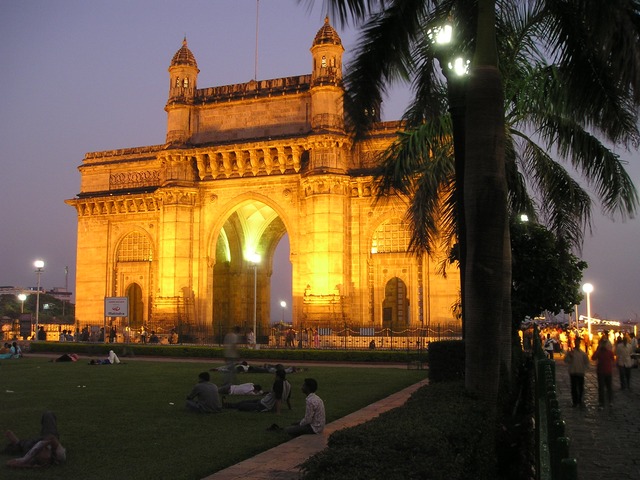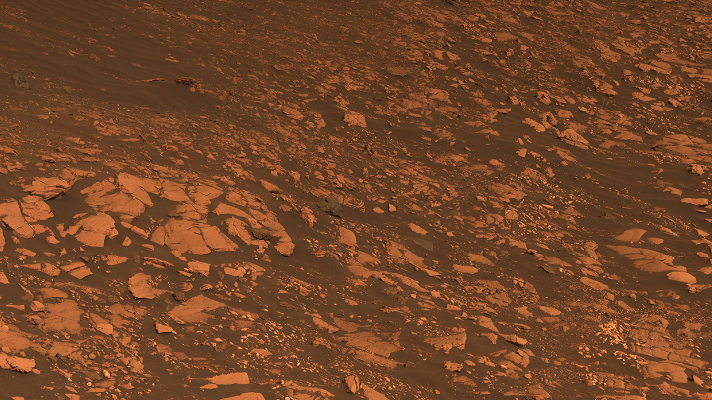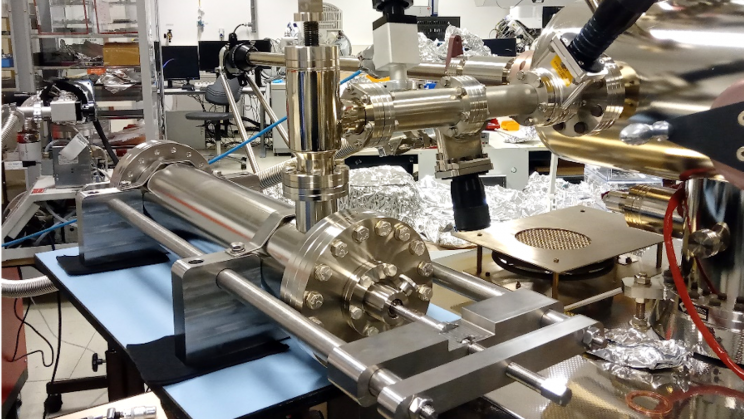India, the world’s largest democracy, is no longer a sleeping giant. According to Statistics Times (ST), India currently places 6th on the global list for GDP output at more than $2.5 trillion. ST also provides projected GDP levels in the year 2030, showing India moving up to 3rd place with a total GDP of $10 trillion. By 2030, China will have overtaken the United States with a GDP of $34.3 trillion with the US at $33 trillion.
Many Issues Faced by India
According to the report “India and the Global Economy” from the Hudson Institute, the following are key areas India will be working on as it seeks to move up in global GDP rankings:
- innovation, intellectual property rights, and healthcare
- international trade, foreign direct investment, and capital market reforms
- defense and military industries
- energy, environment, and education sector reforms along with more private sector participation
India’s Natural Resource Challenges
A recent World Bank report, “India’s Water Economy: Bracing for a Turbulent Future,” discusses India’s current era as that of “large investments in major infrastructure” including groundwater use. India is working to improve water supply services by stimulating economic competition, adopting the best technologies, and putting better regulations on the exploitation of water resources. The major goal is to ensure that local peoples all over India benefit from major water projects. Finally, protecting the cleanliness of water will be paramount as will creative financing to help projects get off the ground.
Pathways to Indian Success in Sustainable Rapid Development
In a 48-page report, “India: Pathways to Sustaining Rapid Development in a New Climate Economy,” a new “Make in India” campaign by Prime Minister (PM) Narendra Modi is outlined along with the the”New Climate Economies India Initiative” that seeks to eliminate what are described as pervasive inefficiencies in Indian markets due to policy and institutional failures and weaknesses.
Modi’s new policies include:
- fuel subsidy reforms
- electricity sector reforms
- the creation of new energy efficiency standards
- the implementation of fuel taxes to promote more efficient fuel mixes
- reducing the high cost of renewable energy sources
- better livestock management
- improved forest tree initiatives
- urban land regulation reform
- build, expand, and renew urban infrastructure
- strengthen urban local government
India’s Most Global City Serves as a Model
Many who have had dealings with India have conducted business with companies in Mumbai which is a member of the Global Cities Initiative. Mumbai’s governance and outward-looking view makes it a great model for the rest of India’s cities. A 40-page report, “Mumbai: India’s Global City,” assesses Mumbai’s competitiveness on a global scale comparing it to cities like Sao Paulo, Bangkok, Mexico City, and Jakarta.
The following video, “Growing Ambitions: The Forces Driving India’s Economy,” explains how India may one day overtake the US in terms of GDP.







